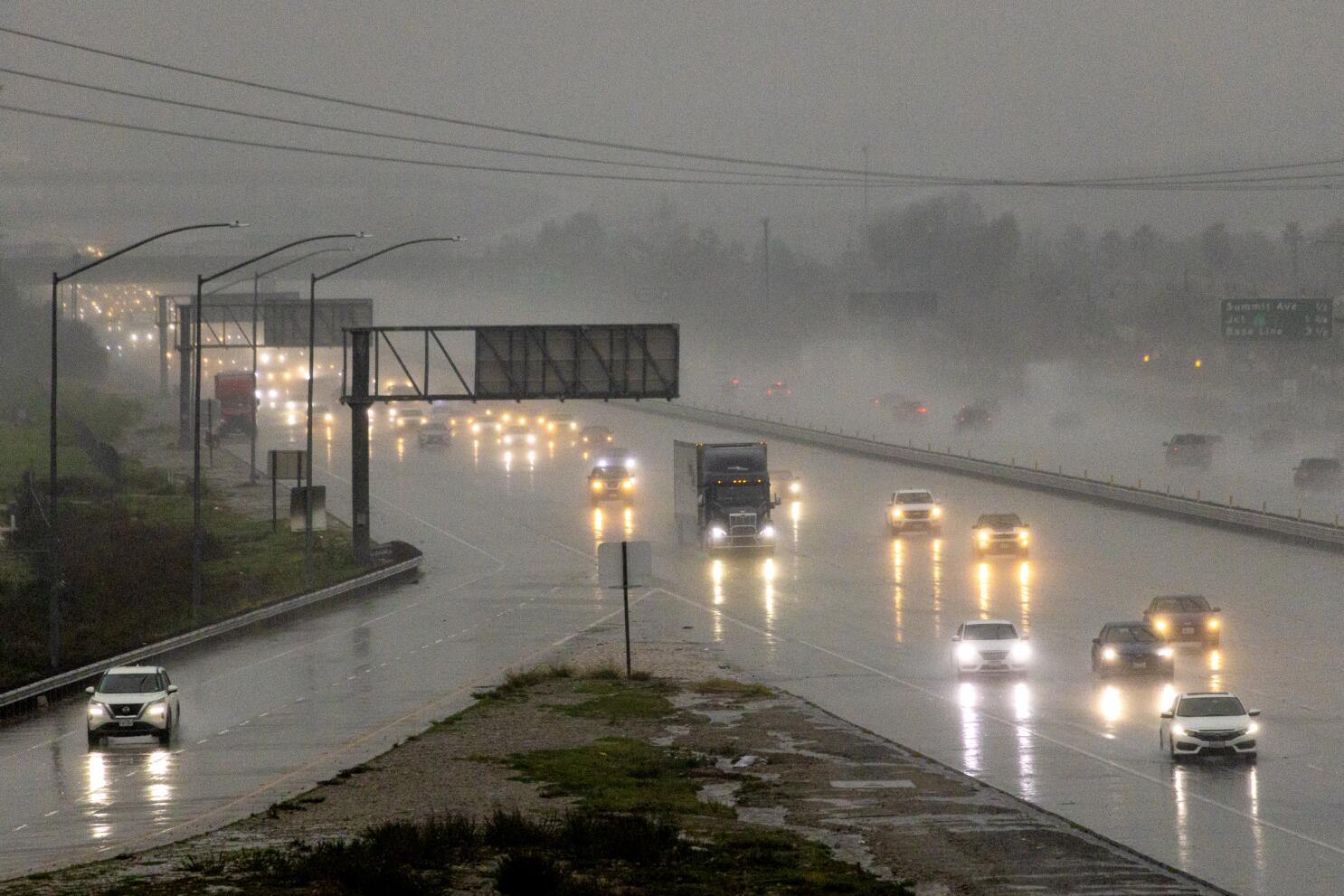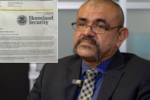After months of intense dryness and destructive wildfires, Southern California is finally anticipating some much-needed rain. Weather forecasts predict light showers from late Friday through early Saturday, offering hope for the region ravaged by fires. However, the relief comes with a mix of benefits and potential challenges.
Rain Brings Relief, But Not Enough to End Fire Risks
Meteorologists predict that Los Angeles County could receive less than a third of an inch of rain, with slightly higher totals expected in the San Gabriel Mountains. Bryan Lewis of the National Weather Service stated, “It’s certainly welcome moisture, but not enough to end fire season.”
The rain may slightly ease fire risks, but experts caution it won’t provide a complete solution. Prolonged dryness has left the landscape highly vulnerable to wildfires, as demonstrated by the Palisades and Eaton fires, which caused devastating damage this month.
Concerns Over Mudslides in Burn Areas
While rain is generally a blessing in Southern California, it can cause problems in burn scars. Burned hillsides, weakened by fire, are highly susceptible to mudslides and landslides when exposed to significant rainfall.
Los Angeles City Councilmember Traci Park expressed concern: “The Palisades fire burn scar is near the ocean on unstable hillsides. Adding more water could lead to landslides, which we know will happen at some point.”
To mitigate risks, Los Angeles Mayor Karen Bass issued an executive order to fortify burn areas. Efforts include installing barriers, clearing debris, and redirecting stormwater into sewer systems to prevent contamination.
Strong Winds Add to Firefighting Challenges
Southern California has experienced extreme wind events that have fueled fires in recent days. On Monday, wind gusts reached 88 mph in the San Gabriel Mountains and 70 mph in the Santa Susana Mountains. These winds prompted red flag warnings, signaling acute fire danger.
Although wind conditions are expected to improve by midweek, the National Weather Service warns that dry and windy conditions could persist until the rain arrives.
Power Shutoffs Leave Thousands in the Dark
To reduce wildfire risks, Southern California Edison implemented public safety power shutoffs, leaving thousands without electricity. Over 9,200 customers in Los Angeles County and tens of thousands more across Ventura, San Bernardino, and Riverside counties faced outages.
These shutoffs aim to prevent utility equipment from sparking fires in dry and windy conditions.
Ongoing Firefighting Efforts
Firefighters have been working tirelessly to contain several small brush fires across the region. In Los Angeles, fires in Griffith Park, Granada Hills, and Tujunga were quickly controlled, with no significant damage or evacuations reported.
In San Diego County, the Lilac fire burned 85 acres, forcing evacuations. However, firefighters contained 30% of the blaze by Tuesday morning.
The Palisades and Eaton fires remain the most destructive, with containment efforts ongoing. The Palisades fire has burned over 23,700 acres, destroying 6,380 structures and claiming 11 lives. Meanwhile, the Eaton fire has scorched 14,000 acres, destroyed 9,418 structures, and caused 17 fatalities.
Recovery and Rebuilding Efforts
As containment improves, focus shifts to recovery. Los Angeles County Supervisor Lindsey Horvath emphasized the importance of state and federal aid, stating, “The destruction is unbelievable. We must act strategically to rebuild these leveled communities.”
However, questions remain about emergency response during the fires. Supervisor Kathryn Barger called for an independent investigation into evacuation procedures in Altadena, where some residents received delayed warnings.
Looking Ahead
Southern California’s first rain in months offers hope for firefighters and residents, but challenges remain. The region continues to grapple with the aftermath of devastating fires, while preparing for potential mudslides and landslides.
As efforts to rebuild and recover begin, officials remain focused on reducing risks and ensuring communities are better prepared for future disasters.
Disclaimer – Our team has carefully fact-checked this article to make sure it’s accurate and free from any misinformation. We’re dedicated to keeping our content honest and reliable for our readers.








